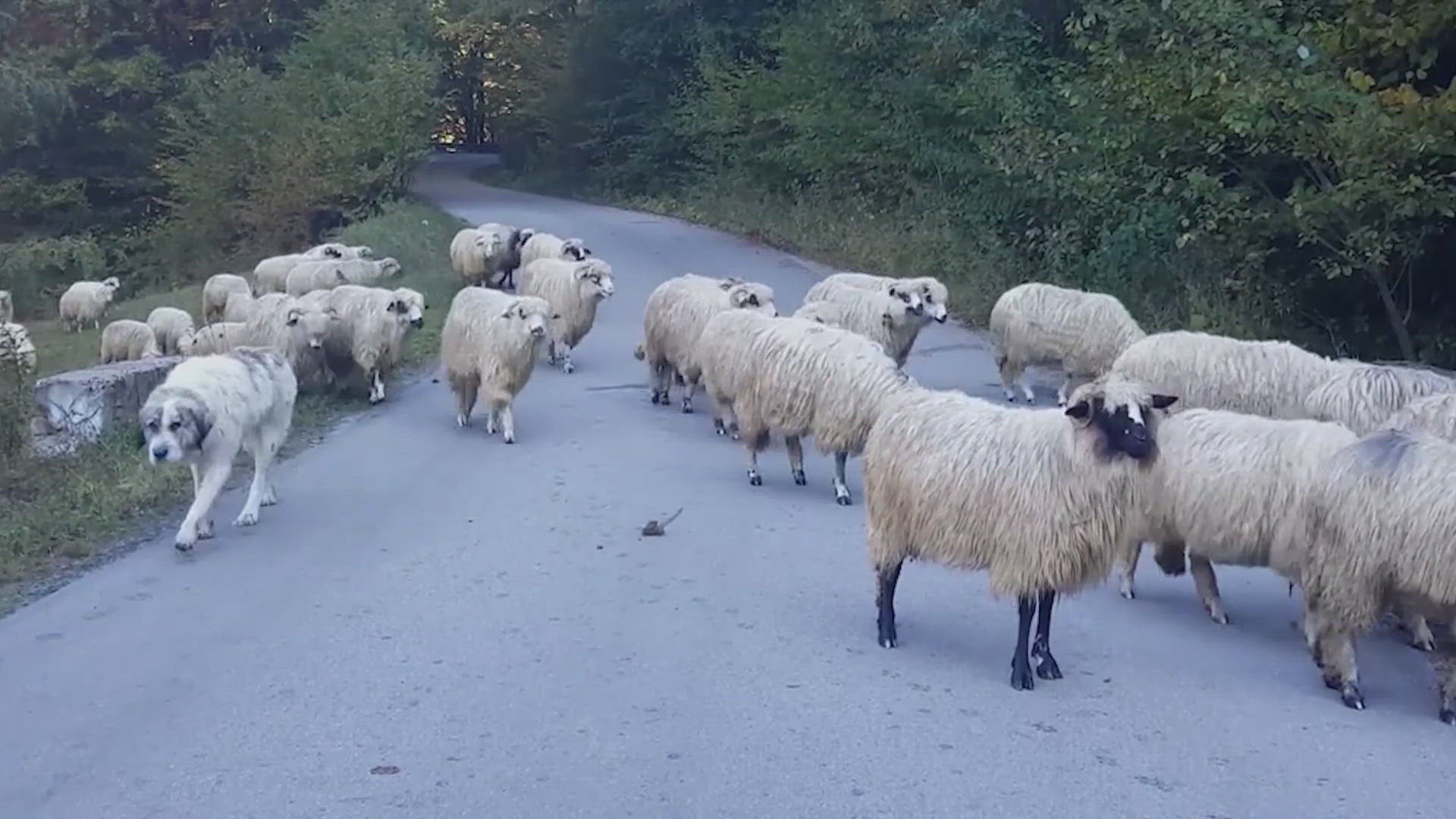SAN ANTONIO — We've all heard that strange things happen when there is a full moon. In this latest Verify, we look into the connection between full moons, vehicles, and wildlife.
When we drive, we know it is easier to see in the daytime, and easier to avoid hitting wildlife like deer. More deer collisions occur at night, as expected, but how much does the phase of the moon affect that?
THE QUESTION
Is it true that more wildlife-vehicle accidents occur when there is a full moon?
THE SOURCES
- Dr. Dominique Lord, a professor of civil engineering at the Texas A&M University
- Tom Langen, a professor of biology and Associate Dean Lewis School of Health & Life Sciences at Clarkson University
THE ANSWER
TRUE
WHAT WE FOUND
Dr. Lord was part of a Texas A&M study that found a 45 percent spike in wildlife-vehicle collisions when there was a full moon compared to a new moon. Because when the full moon lights up the sky, wildlife tends to move around more. Dr. Lord added, "From what we've seen from previous studies is that the wildlife, or like wild animals, are actually more active to hunt and move. So there are more exposure of wildlife crossing the road."
Langen agreed and said it doesn't just happen in Texas, but worldwide.
Langen added, and after analyzing a database of 28,000 vehicle-deer accidents in New York state and Spain said, "We found that, for whitetail deer and for two of the three animals that we looked at in Spain, that there are relatively more accidents during the full moon than other lunar phases and that most of the accidents occur during the brightest time."
So yes, it is true. More wildlife-vehicle accidents occur when there is a full moon.
Dr. Lord also told us that even though drivers may be able to see slightly better if there is a full moon, the reaction time to stop before hitting a deer hardly changes.

